Research key to UK bioscience

The Biotechnology and Biological Sciences Research Council invests around a quarter of a billion pounds a year on research and training in universities to maintain “...the UK as the European centre of choice for investment in bioscience R&D”. That vision is being delivered through a strategic partnership with ten universities. Leeds is one of them.
Here, we look at some of our research being funded by the BBSRC.
‘Age of bioscience’
With rapid advances in technology - particularly imaging - and new ways of working, biology is centre stage to tackle the big challenges facing the world: not only in the fight to promote healthier lives and combat disease but in finding new sources of renewable energy, creating new materials and in developing sustainable agricultural systems capable of feeding the world’s rapidly expanding population.
The Biotechnology and Biological Sciences Research Council (BBSRC) describes the 21st century as “the age of bioscience”.
Bioscience research at Leeds
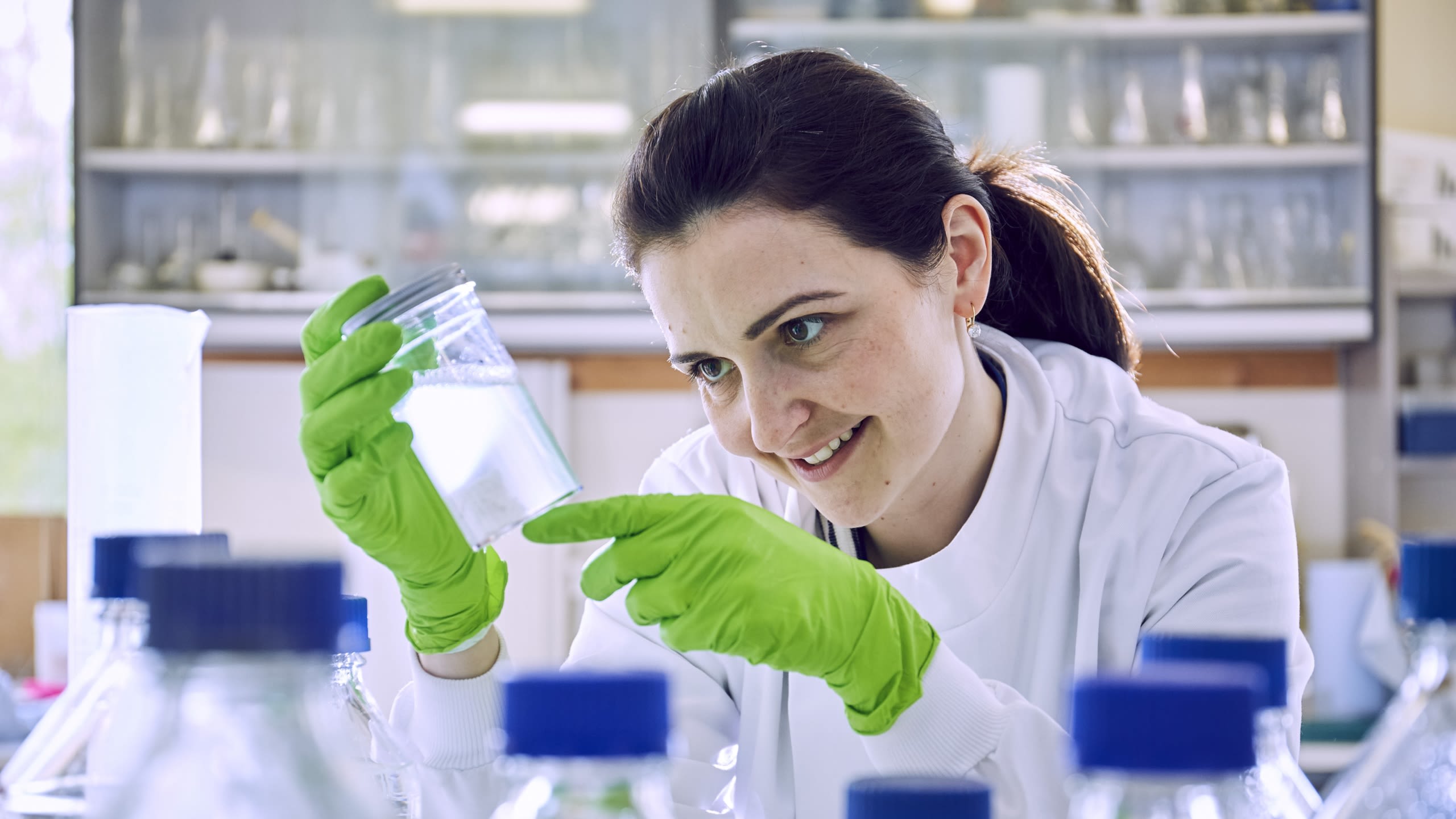
Since 2016, the BBSRC has invested £47.7 million in research at Leeds. Some of that research involves interdisciplinary working, enabling knowledge and expertise from across the sciences, engineering and the wider research community to find solutions to problems. In some cases, global research partnerships are forged.
Energy from weeds
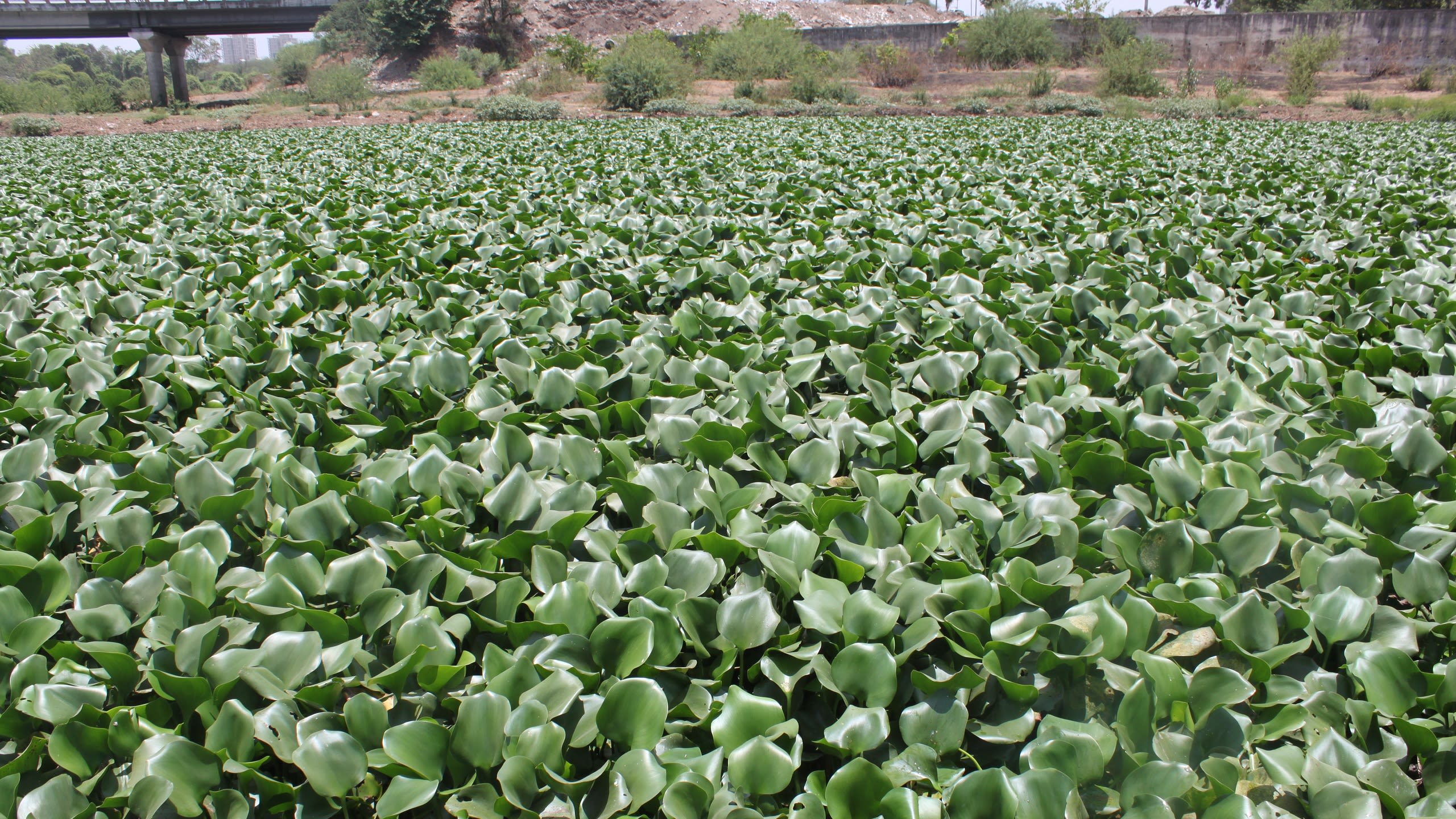
Water hyacinth is one of the world’s most pernicious weeds. Native to South America, the floating plant has spread to other countries where it has become an almost intractable problem. It grows so quickly that it clogs up rivers and other watercourses, destroying the aquatic ecosystems on which local communities rely for food and livelihoods.
Some waterways become covered in such a dense carpet of flowers that they can be seen from satellites.
It has been estimated that since its introduction to India as an ornamental pond plant in the 19th Century, water hyacinth has become a problematic invasive species in more than 100 countries.
Hundreds of millions of pounds are spent each year trying to remove the plant from waterways.
Research led by Dr Andy Ross, from the School of Chemical and Process Engineering, is looking at opportunities to turn this major biological problem to society's advantage. The plant is effective in absorbing heavy metal contaminants from polluted waterways. And the plant could also be used to create biomethane, a source of fuel that could be used for cooking, instead of wood.
The £1.7 million project is funded by the BBSRC through the Global Challenges Research Fund.
Water hyacinth seen from space
The NASA image shows Winam Gulf, a shallow inlet on Lake Victoria in Kenya. The green squiggly line running across the picture is water hyacinth.

'Making a friend out of a foe'
Dr Ross is leading work on identifying the most effective process for converting harvested water hyacinth into biomethane in an anaerobic digester, the large dome-shaped tanks often seen on farms where bacteria is used to breakdown organic matter. The end products are methane gas and a sludge that can be used as a fertiliser.
Water hyacinth represents a new supply chain of biomass, which can be used to produce bioenergy, tackling the problem and transforming the invasive biomass into a friend rather than a foe. The aquatic biomass also has a high potential to remove pollutants from water bodies, providing a win-win solution.
As part of the research, Dr Ross and his colleagues are looking at ways of modifying the digestion process, by pre-treating the plant material or mixing it with other organic material to maximise energy yields.
The project is working with two social enterprise companies, Defiant Renewables in India and Green Heat in Uganda, to develop biodigesters to be used in communities in both countries. The most recent test results show that higher biogas yields can be achieved by combining the water hyacinth with cow dung, which is readily available throughout India.
Protein structure
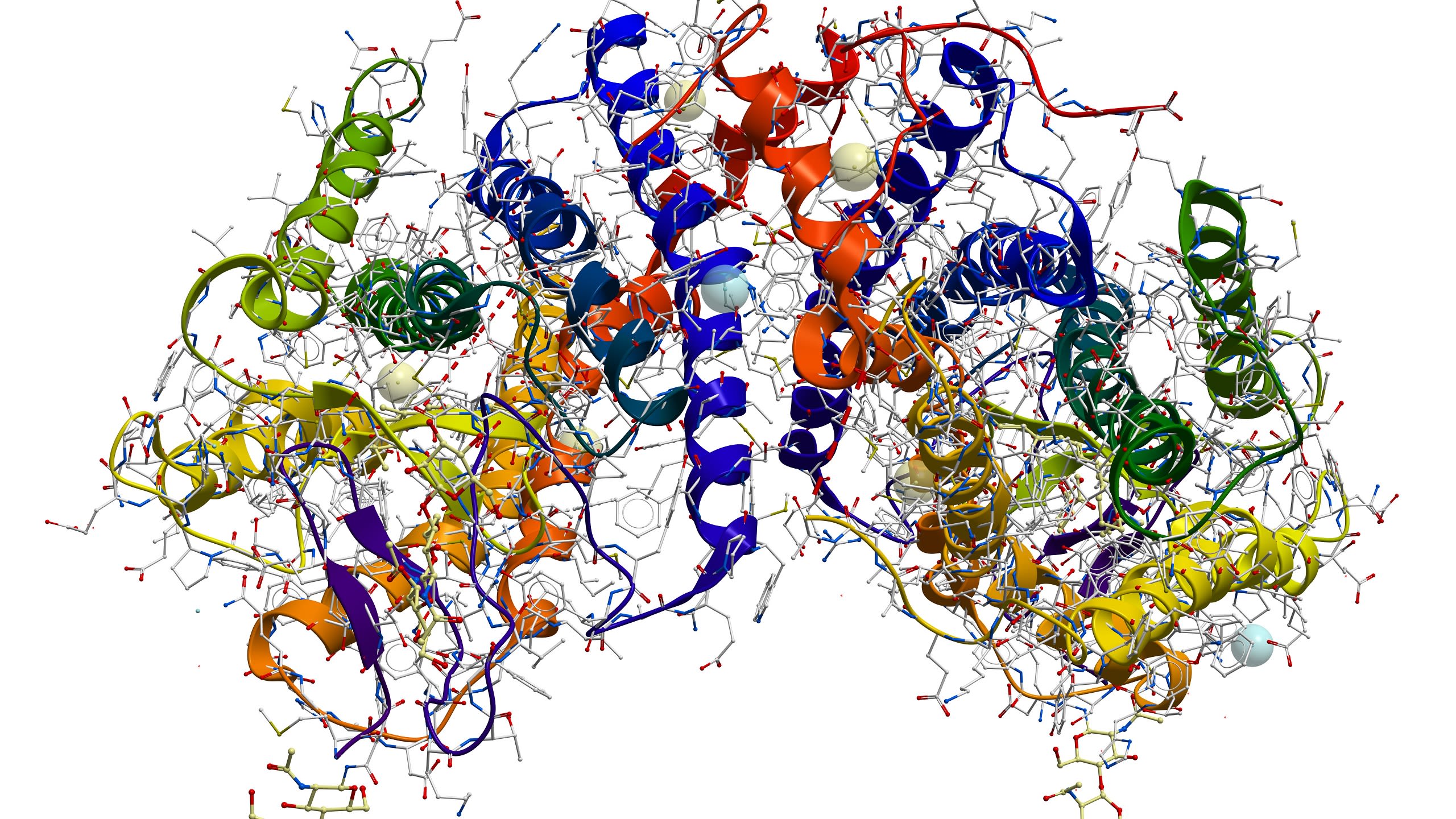
Forefront of protein research
Leeds has a world-class reputation for groundbreaking research in cell biology and the structure of the proteins that enable life.
That expertise goes back decades. In the years after the Second World War, the University set up a biomolecular research unit under the leadership of Professor William Astbury. He was a physicist who believed understanding biological molecules could only come from using the tools of physics.
That philosophy continues today in the research facility that takes his name, the Astbury Centre for Structural Molecular Biology.
Biological, chemical, physical and medical scientists collaborate on understanding the structure of proteins, unlocking an area of science that could lead to more effective and kinder cancer treatments, in understanding animal health or creating synthetic biological materials.
Protein revolution
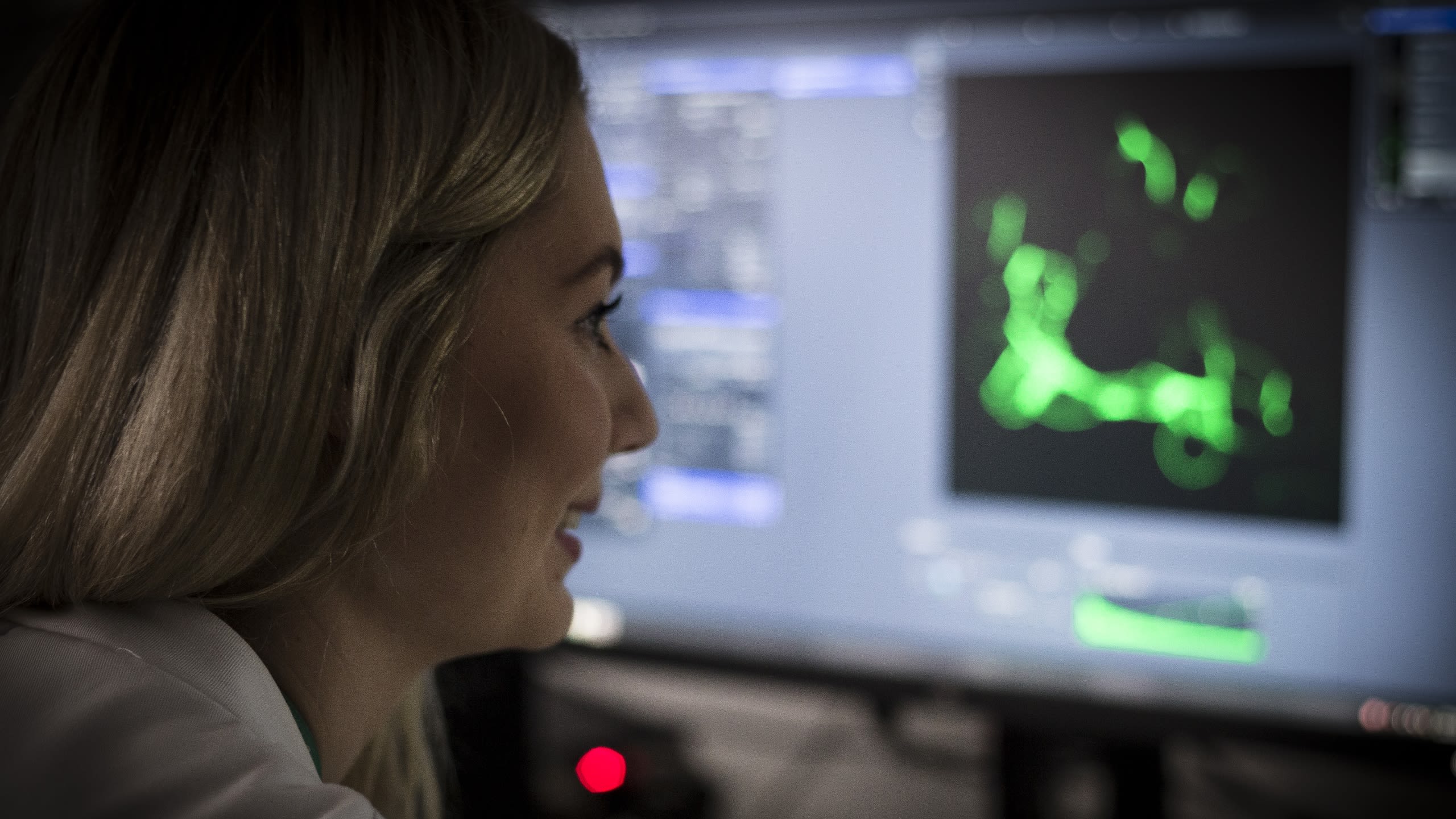
At the heart of modern bioscience is the new knowledge being gleaned about proteins.
Proteins are biology’s workhorses. They give cells their shape, structure and function.
Some proteins have a fixed 3-D structure, but many other proteins contain regions that can change shape. This ‘shape-shifting’ enables the protein to perform a range of different functions at different times.
A major interdisciplinary research programme, funded through a BBSRC Strategic Longer and Larger Grant, is investigating the mechanisms through which groups of these proteins change shape, revealing how they co-ordinate to ensure healthy cell development or trigger disease. The £4.3 million research project is being led by Professor Andy Wilson, from the School of Chemistry in the Faculty of Engineering and Physical Sciences (FEPS), and involves collaboration between scientists in FEPS, the Faculty of Biological Sciences, the Faculty of Medicine and Health and the University of Oxford.
One of the tools accelerating the understanding of proteins is imaging. The University has one of the most advanced suite of electron microscopes in the UK, enabling scientists to open up new lines of scientific investigation. They include cryo-electron microscopes which can generate 3-D images of a protein molecule.
A window on protein structure
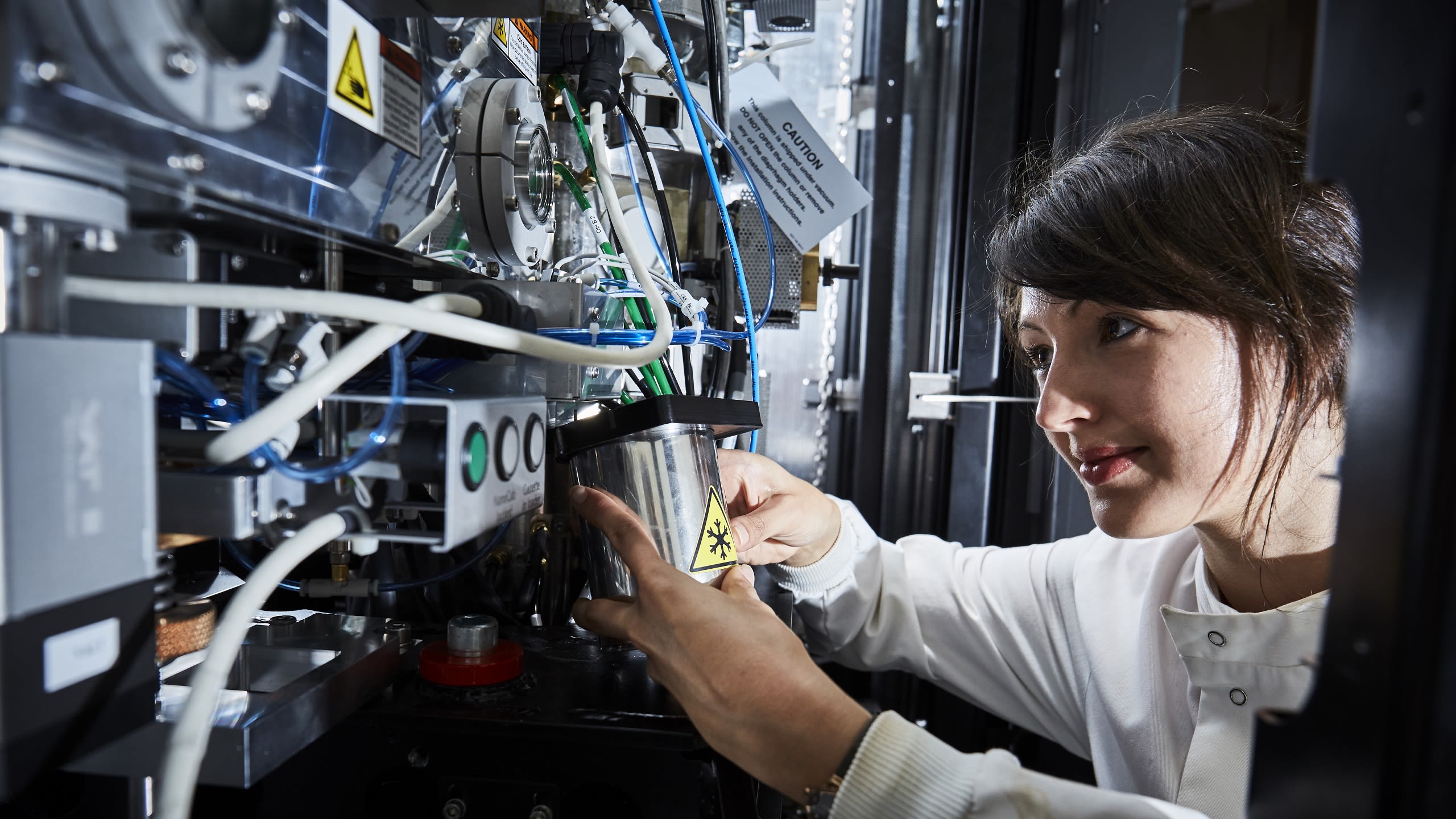
Dr Rebecca Thompson, Deputy Director of Astbury Biostructure Laboratory Electron Microscopy Facilities who is pictured above, said: "The Astbury Biostructure Laboratory electron microscopy facilities contains two Titan Krios microscopes which were updated this year with state-of-the-art direct electron detectors.
These instruments collect data 24/7, producing multiple terabytes of data in a single day, which can be analysed to shed light on the structure of a whole host of molecular machines.
The facility is a centre for international training in cryo-electron microscopy over the next five years will be helping hundreds of researchers to gain the skills they need to make the most of the technology.
Gene machines
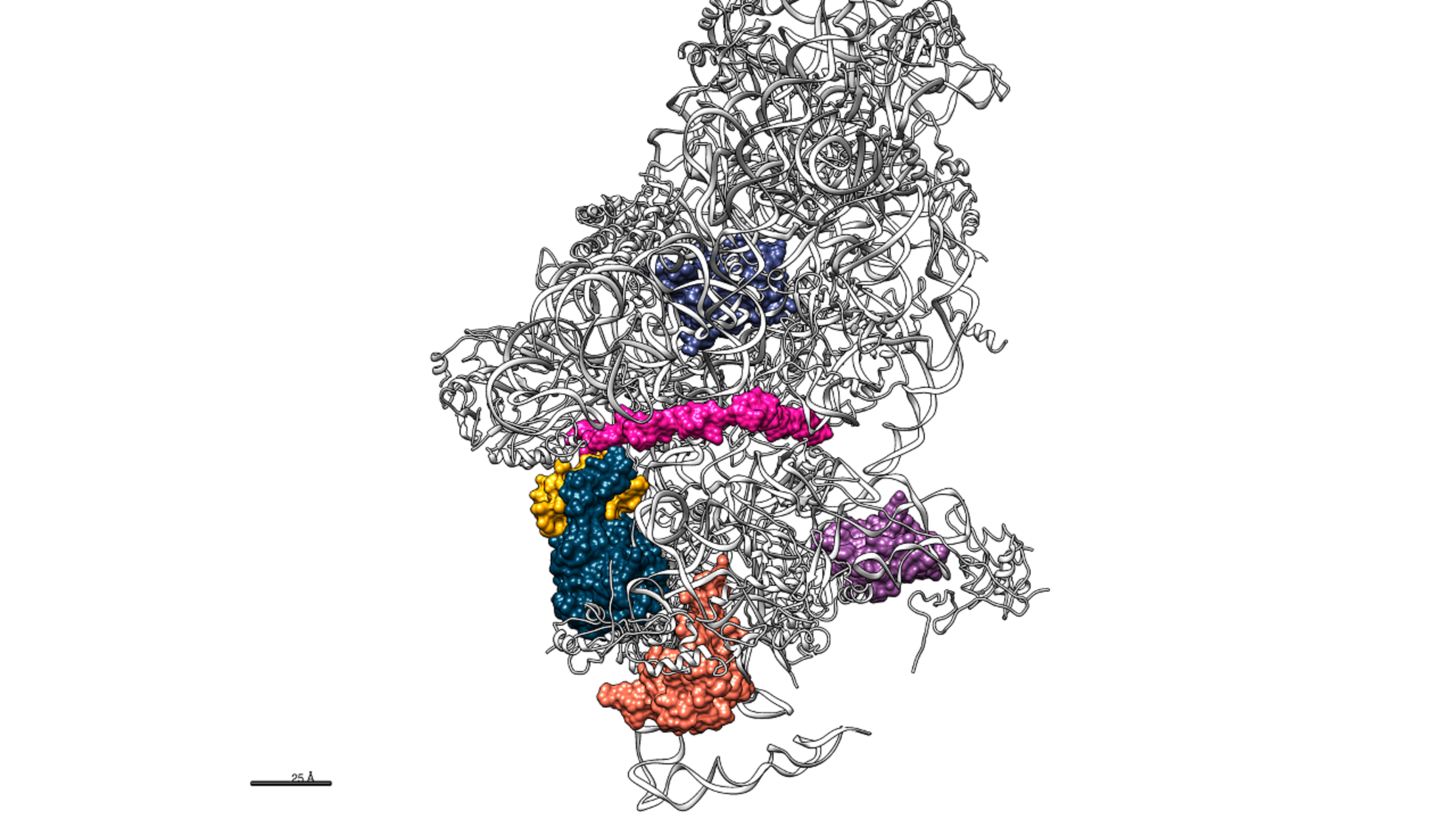
Dr Julie Aspden and colleague Dr Juan Fontana, both associate professors in the School of Molecular and Cellular Biology, are working on understanding the role of ribosomes, which are tiny biological machines.
Ribosomes have one of the most important jobs in biology. Found in all cells, they manufacture the thousands of different proteins involved in sustaining life in all its forms.
The scientists are challenging the conventional understanding of the way ribosomes work.
It had been thought that all ribosomes were the same. But advanced analytical techniques, including cryo-electron microscopy, are revealing a slight variation in the composition and molecular structure of ribosomes found in the cells of different tissues. This structural variation may play a role in determining which proteins the ribosome synthesise.
The team at Leeds have developed 3-D images of those ribosomal differences using cryo-electron microscopy. They are also using next generation sequencing approaches to identify which genes are regulated and how.
Why proteins malfunction
The findings about the structural variation of ribosomes have come from studies of the fruit fly, Drosophila melanogaster. But the significance of the work is likely to have ramifications beyond the insect world.
We know that in some cancers, the system for controlling the production of proteins malfunctions. But we do not know why that happens. The structural variation in the ribosomes gives us a target for further research.
How does this variation affect the way the ribosome can regulate the production of various proteins? And from that, can we detect the way the system may breakdown with certain diseases?
Dr Aspden hopes to build on the research findings and identify the common mechanisms that control protein synthesis across life.
She added: “This is a hugely complex process, and it has not been explored by scientists. Not only do we need to understand the biology that is taking place, but we will need to develop new tools and techniques to carry out our investigations. This is research at the frontier of knowledge.
Our aim is to collaborate with some of the best researchers in the country and answer some of the big unanswered questions central to our understanding of cancer and other diseases.
Collaborators on the research being led by Dr Aspden, who is also co-academic lead of the Leeds Omics group, include Professor Brendan Davies, Centre for Plant Sciences; Dr Juan Fontana, Professor Adrian Whitehouse, Dr Antonio Calabrese, all from the School of Molecular and Cellular Biology and the Astbury Centre for Structural Molecular Biology; Dr Paolo Actis, School of Electronic and Electrical Engineering; and collaborators from the University of Nottingham and University of Sheffield.
Further advances in imaging science are being developed, with the University developing techniques in electron microscopy that would allow research to visualise molecules in action in real time.
The equipment will be housed in the Wolfson Imaging Facility, in the new Sir William Henry Bragg Building – a building designed for 21st Century science.
Feeding the world

The University runs the National Pig Centre, a working farm and state-of-the-art research facility, allowing scientists to investigate pig nutrition, behaviour and health - with the aim of identifying the sustainable and efficient methods of production.
Pork is the most consumed meat in the world - and to ensure the best quality meat and animal welfare, pig herds need to be monitored for signs of poor health or stress.
In the UK, most of that monitoring falls to farm workers who manually observe signs of ill health but this is time consuming and unreliable.
Working with industry
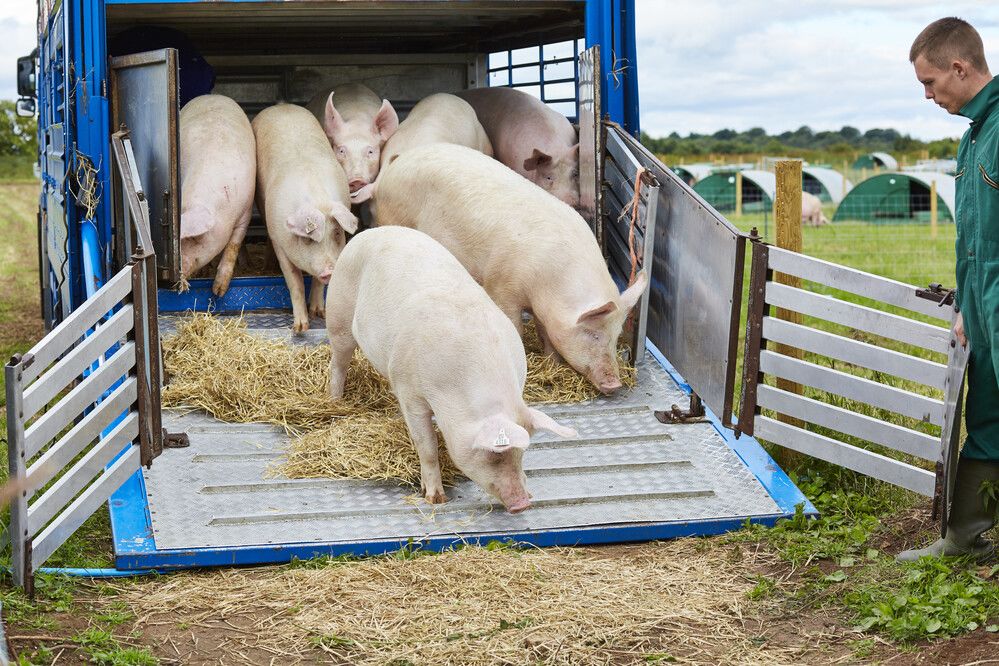
A research team at the University has been developing a computer vision system to automate this process. Vision systems have been attempted in the past, but they have often failed because of the challenging conditions on the farm. Often poor lighting conditions and rapid animal movements make it difficult to identify and track individual pigs.
With AI and machine learning, researchers at the University of Leeds and University of Lincoln have developed a system that allows the computer vision cameras to track individual pigs in the shed without the need to tag or mark them. According to analysis, the system is 94% accurate, and will enable farmers to identify behaviour linked to poor health.
Challenges facing pig farmers
The pig monitoring project is part of a study called PigSustain, which involves modelling the resilience of the UK pig industry to the upheavals it could face in coming years, and the measures needed to guard against those threats.
PigSustain is a collaboration between researchers and industry. The project has multiple research strands ranging from consumer behaviour to veterinary epidemiology and takes a whole system approach to investigating the resilience of the industry in the face of multiple future challenges, such as climate change, emerging diseases, changes in trade policy and labour shortages.
We are using this system to develop new, smarter and more sustainable ways of producing pigs, which will inform farmer decision making to ensure production productivity is increased whilst balanced with improved animal health and welfare, and a reduced environmental footprint.
We want to build trust in UK farming systems so consumers can make more informed decisions about the foods they eat.